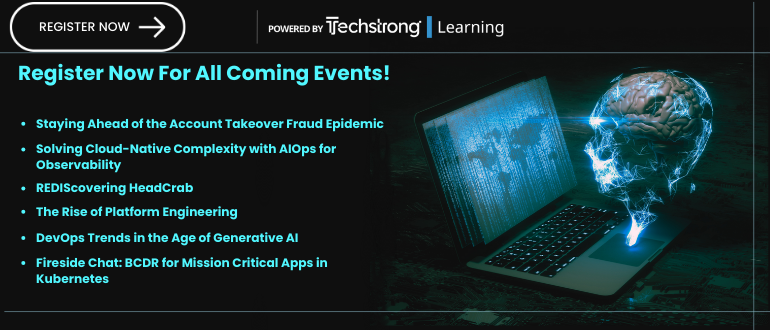
2024-2-5 22:0:0 Author: securityboulevard.com(查看原文) 阅读量:7 收藏
In Mel Brooks’ 1987 parody Spaceballs, the password for the infamous “air shield” guarding the planet’s most precious resource was “12345,” much to the amusement of the characters trying to break in. What might surprise you is that, to this day, the same sequence of numbers is the fourth most commonly used password in the U.S.
Number two on the list? “Password.”
Nothing is more ubiquitous than a username and password login for access to user accounts, e-commerce websites, banking services, applications, support and patient portals, and virtually everything else people do online that requires special access. And yet, time and again, we hear about how vulnerable and cumbersome passwords are.
In today’s digital age, businesses are striving to create better experiences for their customers, but their persistent reliance on traditional password-based authentication is holding them back. Authenticating customers quickly and easily means the difference between a successful and beneficial interaction for both parties or potentially souring the relationship.
Let’s explore the business ramifications of relying on legacy sign-in methods like passwords and how modern authentication techniques benefit both consumers and businesses alike.
How Passwords Hamper the Customer Experience
We’ve all been there: Your e-shopping cart is full of things you “really need,” you head to the check-out page and the online retailer asks for your account login information to complete your purchase. Most consumers don’t have this information readily available, nor do they have the time or desire to go digging for it.
So, what do they do? They ditch their cart, instead opting to shop with retailers who make authentication easy. A study from FIDO Alliance found that 60% of consumers won’t hesitate to abandon a shopping cart due to login frustrations, and cart abandonment rates are up 15% from last year. Consumers are looking for convenience and ease: They don’t want to experience any friction when trying to make purchases. And for those retailers – that’s money on the (virtual) floor.
Retailers who continue to rely on these outdated methods are missing out on sales and causing customers to lose trust and confidence in their brand. Conversely, modern authentication options are a powerful tool for building brand loyalty. That same report found that 58% of consumers believe retailers that offer on-device authentication care more about their customer experience.
Another way passwords can potentially tarnish the customer experience is by making consumers’ personal information more vulnerable to hackers. Give the average hacker just eight hours and they can crack any eight-character password — even one that features a variety of numbers, uppercase letters, lowercase letters and those “special-special” characters. Moreover, you can have a strong, 16-character password that’s uncrackable, but it’s irrelevant if the password gets leaked or stolen as billions of passwords do. Simply put, passwords aren’t sufficient for robust security.
This information doesn’t fare well for companies who rely on passwords yet want to maintain customer trust. Research shows that 83% of consumers will stop spending with a business for several months in the wake of a security breach, and 21% will never return to a business post-breach. Businesses need a way to provide customers with the exceptional experiences they’ve come to expect while also maintaining security—and passwords are not cutting it. Thankfully, modern passwordless solutions have emerged to solve this problem.
Modern Times Call for Modern Solutions
The more apps and websites a company has that require logins, the more complex password management becomes. This creates a suboptimal experience for the customer and — if they use the same password across multiple apps, as most do — heightens the risk if a breach occurs.
Companies can circumvent this by using customers’ identities for authentication instead of passwords. A customer’s identity is more than just a method to log in; it’s the heart and pulse of the user interface, seamless transactions, and building confidence and loyalty. Everything a user does on a given website — filling out forms, putting items in a cart, making transactions — is tied to their identity.
The key is to make this process as easy and secure as possible to promote a positive customer experience. This can be done by leveraging technologies like magic links, passkeys, social media logins, one-time passwords, authenticator apps and more. The customer’s identity becomes a business enabler as their movement throughout a given website is understood holistically, allowing the company to anticipate their behavior and provide a top-notch experience.
Consumers have made it clear they’re on board with this strategy: According to FIDO’s 2023 Online Authentication Barometer, users want authentication methods aside from passwords. Biometrics is both the preferred way for consumers to log in (27%) and what they believe is most secure (28%). Additionally, awareness around other authentication methods — like passkeys — is increasing (52%).
Passwordless methods like social logins, magic links and one-time passwords have become ubiquitous, but methods like biometrics and passkeys — although quickly growing in popularity — have yet to become widely adopted. They will soon, however, as companies like Google, Microsoft, PayPal, TikTok and more adopt the technology to improve consumer experience and security.
Going passwordless is a critical business multiplier that enables customers to interact with websites and apps easily and securely. It’s a win-win: Customers enjoy a seamless experience while companies build consumer trust and boost sales. Now is the time for businesses to adopt password alternatives like passkeys — hackers are only getting smarter, and customer expectations are ever-growing. Modern authentication methods are a vital tool for staying on the cutting edge of customer experience in today’s hyper-competitive business landscape.
如有侵权请联系:admin#unsafe.sh
